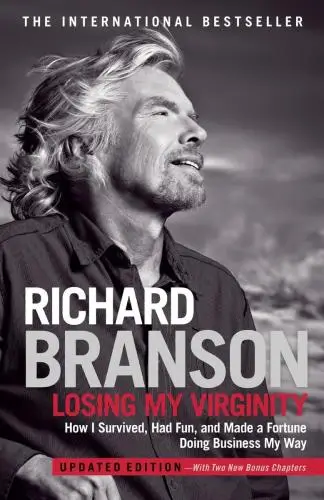
Losing My Virginity
How I Survived, Had Fun, and Made a Fortune Doing Business My Way
What's it about?
Losing My Virginity by Richard Branson is a captivating autobiography that takes readers on an exhilarating journey through the life of the iconic entrepreneur. From the inception of Virgin Records to the ambitious Virgin Galactic, Branson shares his daring adventures, both in business and personal life, with humor and wisdom. This book is not just a business memoir; it's an inspiration, showcasing the power of innovation, resilience, and breaking the rules. A must-read for anyone dreaming big.
About the Author
Richard Branson, British entrepreneur and philanthropist, is the founder of the Virgin Group, which controls more than 400 companies in various fields. He is known for his adventurous spirit and innovative business practices. Branson's writings often reflect his entrepreneurial journey, emphasizing innovation, risk-taking, and the importance of customer service.
10 Key Ideas of Losing My Virginity
Embrace Risk as a Pathway to Success
Taking calculated risks is essential for innovation and growth.
By stepping out of comfort zones and embracing uncertainty, one can uncover unique opportunities that others might overlook.
This approach involves thorough research and analysis to mitigate potential downsides, but fundamentally relies on the courage to act despite uncertainty.
The reasoning behind this is that playing it safe can often lead to stagnation, whereas taking risks, even if they result in failures, provides valuable lessons and can lead to unexpected successes.
Learn DeeperStart Small: Begin by taking small risks in your personal or professional life. This could be as simple as pitching a new idea at work, or trying a hobby you've always been interested in but hesitant to start. Small victories will build your confidence for bigger challenges.
Educate Yourself: Before diving into a risk, spend time researching and understanding all the possible outcomes. Knowledge is power, and the more you know about what you're getting into, the better you can plan for success and mitigate potential downsides.
Develop a Risk Assessment Framework: Create a personal framework for evaluating risks. This could involve listing pros and cons, considering the best and worst-case scenarios, and determining the resources you're willing to allocate. This structured approach can make decision-making clearer.
Embrace Failure as a Learning Tool: Understand that not all risks will lead to success, and that's okay. View failures as opportunities to learn and grow. Reflect on what went wrong and how you can improve in the future. This mindset shift is crucial for long-term success.
Seek Feedback and Mentorship: Don't go at it alone. Seek advice and feedback from mentors or peers who have experience in the areas you're venturing into. Their insights can help you avoid common pitfalls and guide you towards more informed risk-taking.
- Example
A graphic designer decides to pitch an innovative project idea to their team, despite fears of rejection or criticism. They prepare by researching current design trends, creating a detailed proposal, and practicing their pitch. The risk pays off when the team embraces the idea, leading to a successful project that enhances the designer's portfolio and reputation.
- Example
An individual with a stable job in finance feels unfulfilled and dreams of starting their own business. Recognizing the risk, they begin by dedicating evenings and weekends to developing their business idea, conducting market research, and slowly building a client base. Eventually, they transition to running their business full-time, understanding that the calculated risk has the potential for greater personal and financial fulfillment.
The Power of Branding and Personal Image
Cultivating a strong personal and business brand is crucial for standing out in a crowded market.
This involves not just the visual aspects like logos and color schemes, but also the values, mission, and personality your business embodies.
A compelling brand resonates with customers, builds loyalty, and increases recognition.
The argument here is that people connect with stories and personalities much more deeply than with products or services alone, making a well-crafted brand an invaluable asset.
Learn DeeperDefine Your Brand’s Core Values and Mission: Start by clearly articulating what your brand stands for. This could be quality, innovation, sustainability, or customer service. Make sure these values are evident in every aspect of your business, from product development to customer interaction.
Create a Compelling Brand Story: People love stories. Craft a narrative around your brand that connects emotionally with your audience. This could be the story of how your business came to be, the challenges you’ve overcome, or how your products or services make a difference in people’s lives.
Be Consistent Across All Platforms: Ensure your brand’s visual elements (logo, color scheme) and tone of voice are consistent across all marketing materials, social media channels, and your website. Consistency helps reinforce your brand identity and makes it more recognizable.
Engage with Your Audience: Build a community around your brand by actively engaging with your audience on social media, through email newsletters, or at events. Listen to their feedback and make them feel valued. This fosters loyalty and turns customers into brand ambassadors.
Showcase Your Personality: Don’t be afraid to let your brand’s personality shine through in your communications. Whether it’s through humor, inspiration, or sincerity, showing a human side to your brand makes it more relatable and memorable.
- Example
Ben & Jerry’s is a prime example of a brand that has successfully integrated its core values of environmental sustainability and social justice into its business model. From its product sourcing to its marketing campaigns, every aspect of the brand reflects its commitment to these values.
- Example
Apple’s brand story focuses on innovation and design excellence, which resonates deeply with its target audience. Its consistent messaging and visual branding across all platforms have made it one of the most recognizable and valuable brands in the world.
Networking: Building Relationships for Long-term Success
Success is not solely about what you know, but who you know.
Networking and building strong relationships can open doors to opportunities that would otherwise be inaccessible.
This includes partnerships, investments, and access to expertise.
The key is to approach networking with a mindset of mutual benefit, where both parties gain value from the connection.
This strategy emphasizes the importance of genuine connections over superficial contacts, arguing that deep, meaningful relationships are more likely to yield long-term benefits.
Learn DeeperAttend Industry Events: Make it a point to attend conferences, seminars, and networking events related to your field. These gatherings are goldmines for meeting professionals who share your interests. Don't just be a passive attendee; engage in conversations, ask questions, and exchange contact information.
Leverage Social Media: Platforms like LinkedIn are designed for professional networking. Create a profile that highlights your skills and achievements. Regularly post updates about your work, share articles you find insightful, and engage with others' content. This visibility can attract potential connections.
Offer Value First: When reaching out to someone new, think about how you can help them before asking for anything. Share an article, introduce them to someone in your network, or offer your expertise in an area they're interested in. This approach builds goodwill and establishes a foundation for a mutually beneficial relationship.
Follow Up: After meeting someone new, send a brief message saying it was nice to meet them and mention something specific from your conversation. This personal touch can make a big difference. Keep the connection alive by checking in periodically, sharing relevant information, or inviting them to upcoming events.
- Example
Imagine you're at a tech conference and you attend a panel discussion on the future of artificial intelligence. After the talk, you approach one of the speakers to ask a follow-up question and express your interest in the topic. You exchange business cards and later connect on LinkedIn, sharing an article related to the discussion. This initiates a dialogue that could lead to collaboration or mentorship.
- Example
You come across a professional on LinkedIn whose work you admire. Instead of immediately asking for advice or a favor, you comment thoughtfully on a few of their posts and share one of their articles with your network. After establishing this initial engagement, you reach out with a personalized message, expressing your admiration for their work and suggesting a coffee chat to learn more about their career path. This respectful approach increases the likelihood of a positive response.
Customer Focus: The Heart of Business Strategy
Prioritizing customer satisfaction above all else ensures business longevity and success.
This means actively listening to customer feedback, anticipating their needs, and consistently exceeding their expectations.
By placing the customer at the center of all decision-making processes, businesses can create loyal advocates and differentiate themselves from competitors.
The rationale is that happy customers are more likely to return and recommend your business to others, driving organic growth.
Learn DeeperActively Seek Customer Feedback: Regularly engage with your customers through surveys, social media, or direct communication to understand their needs and expectations. This can be as simple as sending a follow-up email after a purchase asking for their feedback.
Implement a Customer-First Strategy in Your Team: Train your team to prioritize customer satisfaction in every interaction. Encourage them to always think from the customer's perspective, whether it's in product development, marketing, or customer service.
Continuously Improve Based on Feedback: Use the feedback collected to make informed decisions about your products or services. If multiple customers are pointing out the same issue, prioritize fixing it. Similarly, if there's a feature they love, consider how you can enhance it.
Surprise and Delight Your Customers: Go beyond what's expected by occasionally surprising your customers with something extra. This could be a handwritten thank you note, a small gift, or an unexpected upgrade. Small gestures can make a big impact on customer loyalty.
Monitor and Respond to Online Reviews: Keep an eye on what customers are saying about your business on review sites and social media. Respond promptly and thoughtfully to both positive and negative reviews, showing that you value their feedback and are committed to improving.
- Example
A coffee shop owner notices that several customers have mentioned they enjoy the shop's cozy atmosphere but find the seating uncomfortable. The owner decides to invest in more comfortable chairs and couches, enhancing the overall customer experience.
- Example
An online retailer implements a new policy where every 10th order is shipped with a free sample of a product the customer hasn't purchased yet but might enjoy, based on their order history. This not only surprises the customer but also introduces them to products they might not have considered, potentially increasing future sales.
Innovation Through Continuous Learning and Adaptation
Staying ahead in today’s fast-paced world requires a commitment to continuous learning and adaptation.
This means being open to new ideas, technologies, and methodologies, and being willing to pivot when necessary.
Innovation stems from a culture that encourages experimentation and tolerates failure as a part of the learning process.
The argument for this approach is that businesses that fail to evolve risk obsolescence, while those that innovate can capitalize on new opportunities and challenges.
Learn DeeperCultivate a Learning Mindset: Make it a habit to learn something new every day. This could be as simple as reading articles, listening to podcasts, or taking online courses related to your field or interests.
Embrace Change and Experimentation: Don’t be afraid to try new approaches in your work or personal projects. Set aside time each week to experiment with new tools, techniques, or strategies.
Foster an Environment of Feedback: Seek out feedback from peers, mentors, or customers regularly. Use this feedback to make informed adjustments to your projects or business strategies.
Analyze Failures for Learning Opportunities: Instead of viewing failures as setbacks, analyze them to understand what went wrong and how you can improve. Document these lessons learned to avoid repeating the same mistakes.
Stay Updated with Industry Trends: Subscribe to industry newsletters, join relevant forums or groups, and attend webinars or conferences to stay informed about the latest trends and technologies in your field.
- Example
A software developer learning about a new programming language or framework that’s gaining popularity in their field, then applying this knowledge to develop a small project or contribute to an open-source project.
- Example
A small business owner experimenting with different marketing strategies, such as social media advertising, content marketing, or influencer partnerships, to see which approach drives the most engagement and sales.
Deeper knowledge. Personal growth. Unlocked.
Unlock this book's key ideas and 15M+ more. Learn with quick, impactful summaries.
Read Full SummarySign up and read for free!
Losing My Virginity Summary: Common Questions
"The best way of learning about anything is by doing." This quote from Richard Branson's autobiography, "Losing My Virginity," sets the tone for a thrilling and inspiring read. Branson's recount of his entrepreneurial journey is filled with bold risks, audacious adventures, and relentless determination. The book had me hooked from the start as Branson shares his early ventures with the Student magazine and the birth of the Virgin brand, all the way to launching Virgin Records and later expanding into airlines, trains, and space travel.
One standout part was when Branson narrated his hot-air balloon adventures, including the failed attempts and the narrow escapes, which left me feeling a mix of exhilaration and nervousness. His storytelling is engaging, and his ability to turn setbacks into opportunities is truly inspiring. The book offers valuable lessons on business, risk-taking, and innovation, making it a must-read for anyone interested in entrepreneurship or looking for a dose of motivation.
Similar to "Shoe Dog" by Phil Knight, "Losing My Virginity" provides a candid glimpse into the life of a successful entrepreneur and the challenges they faced along the way. I highly recommend this book to anyone seeking an exciting read that combines business insights with adventure and perseverance.
Experience Personalized Book Summaries, Today!
Discover a new way to gain knowledge, and save time.
Sign up for our 7-day trial now.
No Credit Card Needed

Similar Books
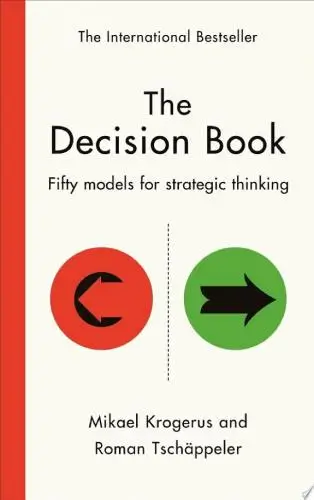
The Decision Book
Mikael Krogerus
This is Going to Hurt
Adam Kay
The ^AOxford Handbook of Job Loss and Job Search
Ute-Christine Klehe PhD
Job Interviews For Dummies®
Joyce Lain Kennedy
Job Interviews In A Week
Alison Straw
Handbook of Career Development
Gideon Arulmani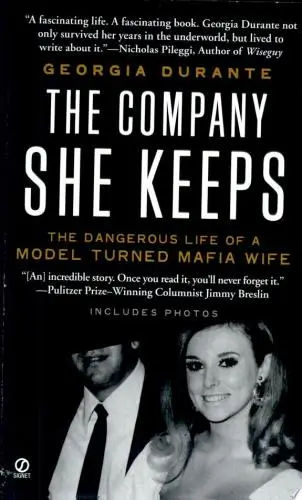
The Company She Keeps
Georgia Durante
The Millionaire Fastlane
MJ DeMarco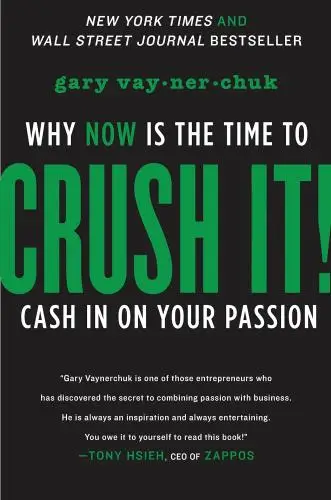
Crush It!
Gary Vaynerchuk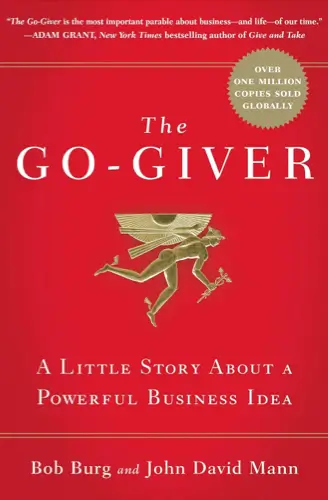
The Go-Giver
Bob BurgTrending Summaries

Peak
Anders Ericsson
Never Split the Difference
Chris Voss
Smart Brevity
Jim VandeHei
The Psychology of Money
Morgan Housel
The First 90 Days
Michael D. Watkins
Atomic Habits
James Clear
Thinking, Fast and Slow
Daniel Kahneman
The Body Keeps the Score
Bessel van der Kolk M.D.
The Power of Regret
Daniel H. Pink
The Compound Effect
Darren HardyNew Books

The Decision Book
Mikael Krogerus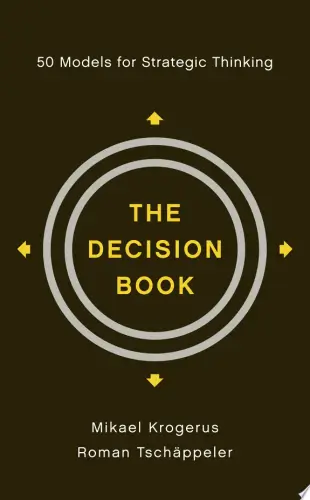
The Decision Book: 50 Models for Strategic Thinking
Mikael Krogerus
Fichte
Johann Gottlieb Fichte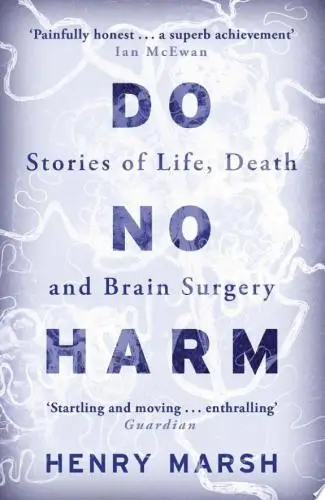
Do No Harm
Henry Marsh
This is Going to Hurt
Adam Kay
This Is Your Brain on Joy
Earl Henslin
Learning Habits
Sarah Nicholl
TOP KNIFE: The Art & Craft of Trauma Surgery
Asher Hirshberg,
English Spirituality
Gordon Mursell
